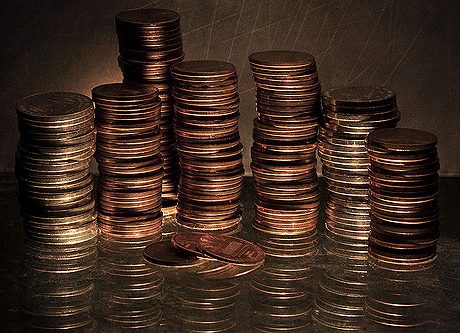Earn Double-Digit Yields From the “Underground Stock Market”
U2’s front man Bono ranks as one of the wealthiest musicians in the world, but the Irish pop star didn’t make much of his money selling records.
Bono, in fact, accumulated most of his wealth through an “underground stock market” that is off-limits to ordinary people. Through a series of savvy dealings, the celebrity singer managed to invest in Facebook, Inc. (NASDAQ:FB) years before the initial public offering.
And he’s not the only one. Former presidential candidate Hillary Clinton has raked in millions of dollars through these dealings. Other Beltway insiders, including Al Gore, Tim Geithner, and George H.W. Bush, all earn double-digit yields from this market too.
Their secret? Private equity. While only high-net-worth individuals can participate, smaller investors now have a backdoor way to get in. And for those willing to do some extra digging, they can earn yields ranging from 12% to as high as 17% outside of the stock market. Let me explain.
Most people don’t understand how private equity works. The can figure out one thing, however: these investments make money hand over fist.
During the 1980s, former Massachusetts Governor Mitt Romney’s private equity firm, Bain Capital, LP, earned 21% annual returns for his investors. Even after you factor in Romney’s 20% cut of annual profits and two-percent management fee, clients still doubled their money every four years.
Private equity shops make so much money by converting raw debt into equity. Managers borrow funds to buy a business, then use the cash flow from operations to pay off the debt. After a couple of years, they own the firm free and clear.
It’s the same formula regular people use to build wealth in real estate. A landlord might buy a place for 20% or so down, borrow the rest of the funds they need from a bank, and pay off the mortgage over time through their rental income. After 15 years, they own the home outright, never mind the profits from property appreciation.
Private equity firms can boost returns further by shaking up tired businesses. They’ll cut costs, fire underperforming executives, and dump unneeded assets. These investors also provide mentoring and business advice, often from some of the savviest business people in the country.
This one-two combination results in fantastic profits for their financial backers. Once the debt gets paid off, private equity firms will often sell their stake for a multi-billion-dollar windfall. In other cases, these shops will milk their investments for ongoing dividends, using the business as collateral to buy yet more companies.
Of course, you need to have inside connections to get in on these private equity deals. But for smaller investors, we do have one backdoor way to get in: business development corporations (BDCs). BDCs work in much the same way as private equity firms: they invest in businesses, typically mid-sized firms with between $100.0 million and $1.0 billion in sales each year. BDCs also provide business and consulting advice to their portfolio of companies, which often enhances returns.
This tiny investment niche also comes with a number of tax advantages. BDCs can avoid paying any corporate income taxes if they pay out all of their profits to investors. As a result, these companies deliver some of the largest yields around.
| Company |
Market Cap |
Yield |
| Main Street Capital Corporation |
$2.3B |
7.3% |
| Hercules Capital Inc |
$1.1B |
9.7% |
| Apollo Investment Corp. |
$1.2B |
10.7% |
| Blackrock Capital Investment Corp |
$453.6M |
11.5% |
| KCAP Financial Inc |
$121.8M |
12.3% |
Source: Google Finance
Of course, the table above doesn’t constitute a list of buy recommendations. Investors need to dig into the fine print, reviewing the holdings of each business in the portfolio. That’s something we often review for subscribers in our paid advisories.
That said, BDCs provide a backdoor method for getting in on these private equity deals. And for investors looking for higher yields, they represent some of the best opportunities around outside of normal stocks and bonds.
